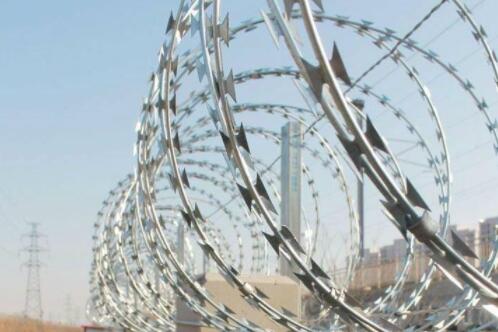Understanding Steel Perforated Metal Versatility and Applications
Steel perforated metal is a unique and highly functional material utilized across various industries due to its distinctive properties and aesthetic appeal. This article explores what perforated metal is, its benefits, and the diverse applications that make it a preferred choice in modern manufacturing and construction.
At its core, perforated metal refers to sheets of metal that have been punched with a series of holes to create a specific pattern. This process not only enhances the visual appeal of the material but also provides functional benefits such as light filtration, ventilation, and weight reduction. While steel is one of the most common materials used, perforation can also be applied to aluminum, brass, and copper, depending on the desired application.
One of the key advantages of steel perforated metal is its strength and durability. Steel, known for its impressive load-bearing capabilities, retains these properties even after undergoing the perforation process. This makes it suitable for environments where structural integrity is paramount, such as in construction and industrial settings. Moreover, the surface finish of the perforated metal can be customized to resist corrosion, which extends the lifespan of the material when exposed to the elements.
Another significant benefit is the versatility of design. The holes in perforated metal can be manufactured in an array of sizes, shapes, and patterns, offering extensive customization options. This flexibility allows architects and designers to incorporate perforated metal into their projects creatively, whether they are looking for a modern aesthetic or functional solutions for ventilation and light diffusion. For instance, panels can be designed to control sunlight entering a building, reducing energy costs while enhancing comfort for occupants.
steel perforated metal

The applications of steel perforated metal are vast. In architectural design, it is frequently used for facades, railings, screens, and ceilings. These installations not only contribute to the aesthetic value but also offer privacy and can be customized to allow varying degrees of visibility.
In the industrial sector, perforated metal is often used for filtration and separation processes. From equipment enclosures to air and liquid filters, the precision of the perforations allows for effective performance in separating materials without compromising airflow or fluid dynamics. Perforated metal is also commonly employed in creating walkways, grates, and platforms that allow for drainage while providing a safe and stable working surface.
Moreover, the automotive and aerospace industries utilize perforated metal for lightweight components that demand strength without excessive weight. This is crucial in reducing fuel consumption and enhancing overall efficiency in vehicles and aircraft.
In summary, steel perforated metal stands out as a versatile material that offers both functional and aesthetic advantages across numerous industries. Its strength, durability, and customizable design make it an ideal choice for architects, engineers, and manufacturers. As technology advances, the applications for steel perforated metal continue to expand, solidifying its role as an indispensable material in today’s industrial landscape. Whether for structural support or artistic expression, perforated metal represents a blend of innovation and practicality that caters to modern needs.

















